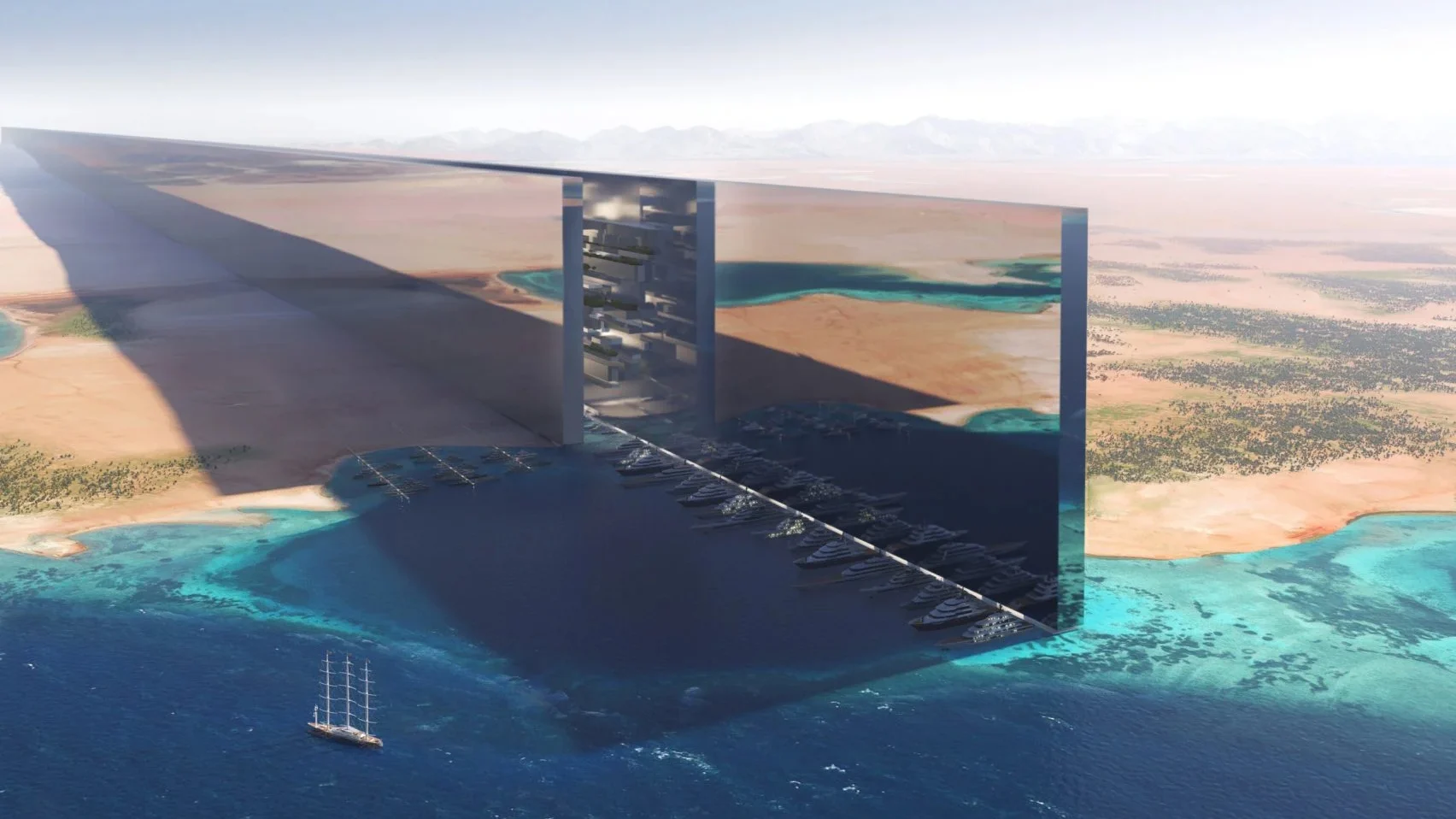Panama City 2121: Forest City of the Future
The Ecotopia 2121 Project details the futures of 100 cities across the globe as though they've somehow overcome all environmental challenges and become super-ecofriendly Green Utopian cities. This month, we highlight Panama City's future.

A Section of Panama City 2121
Panama City in 2121 is flush with Biophilia. This is not some strange tropical disease but a psychological affection for nature. Thusly, the residents of Panama City 2121 love nature so much that have immersed it with vibrant wilderness. This provides for them both free ecosystems services and also with emotional wellbeing. In Panama City 2121, the forest of the Metropolitan National Park, nowadays located between the city and the Panama Canal, are allowed to re-colonize the entire city; overtaking the concrete infrastructure that presently keeps it at bay. The architecture has become organic and biological, too; which is a style favored by locals because it is inexpensive and self-maintaining. It’s also rather romantic and fun.

A Section of Panama City 2121
Nowadays, Panama City has a rather disturbing air pollution problem but the Panama City air of 2121 is fresh (and freshly scented) due to the cleansing character of the forest canopy and due to the city’s adoption of new ecological industries (such as Green horticulture, eco-medicine and sustainable forestry).

A Section of the Highway of Panama City 2121
Panama City’s bays and canals are also rather polluted, nowadays; their waters being sometimes unusable for human use. But Panama City 2121 has waterways refreshed by the forest’s expanded natural filtering system. Children can swim within the canals around their homes and they can also play safely on the shores of the Panama City bay.

A Section of Panama City 2121
The trees of the city forest also provide electrical power for Panama City 2121. Like most living things, trees produce a small electric current and this tree-made electricity flows wirelessly to micro-energy devices that can work with the smallest of electric currents. This might seem far-fetched but nowadays there are research projects devoted to tapping tree-electricity in order to power tiny remote sensor devices. By 2121, after decades of micro-energy investment, the harnessing of tree-electricity may very well become more widespread.

A Section of Panama City 2121
Unfortunately, nowadays in the early 21st Century, Panama’s forests still suffer from ongoing destruction. In 1950, more than 70 percent of Panama was forested whereas nowadays it is less than 30 percent. Millions of acres more of vegetation disappears every year. All this deforestation threatens the economic value of the country’s most important income-earner, the Panama Canal. The water in the Canal, which keeps everything afloat and mobile, is slowly being drained away due to the declining capacity of the receding rainforests to produce silt-free water.
Social Transformation / Environmental Transformation
So how do we get from the Panama City of today to the biophilic city of 2121? According to advocates of biophilia, there are five steps to follow:
1) education about biophilia (in schools, in universities, and across to the general public),
2) practice and experimentation with biophilic techniques and products (by inventors, entrepreneurs, researchers and ‘do-it-yourselfers’ who wish to bring nature into their backyard and into experimental sites),
3) expansion from the backyard (and experimental sites) into the schoolyard and into the courtyard of government buildings and corporate R&D sites,
4) commercialization of biophilia techniques and products (sometimes with government help and sometimes not), and then:
5) a rise to common usage (again, sometimes with government assistance, sometimes without it).
So, in the beginning, somewhere in Panama City right now, enthusiastic urban experimentalists must work on their biophilic designs to perfect them, and then work with teachers to educate children about the role and possibilities of biophilia. When the children grow up to become farmers, or teachers, or managers, or scientists or engineers, they then are ready to press for investment in more research, for more ecological instruction in schools, and for more ecological practices in the public and private spheres. Within a few generations, people will be making money from biophilic designs, and new industries, including biophilic architecture and forest gardening, will stake their place within the economy and lifestyle of Panama City. Aided by the desire to preserve the Panama Canal, and with ecological awareness growing year by year, a biophilic land use policy becomes the logical pathway for future urban planners.

A Section of Panama City 2121
This is a process of long-term social learning and technological change. One of the most important things to learn will be the idea that the economy can change from one dependent on old-fashioned materials and processes to one utilizing organic materials and processes. So instead of concrete, plant fibers are used. Instead of petroleum, plant oils are used. And instead of relying on chemical combustion to produce energy, photosynthesis –capturing sunlight -- becomes the main form of energy production.

A Section of Panama City 2121
One of the most important stakeholders in the development of biophilia in Panama City 2121 may be the shipping companies that use (and fund) the Panama Canal since they have a vested interest in trying to preserve the canal’s hydrological well-being. This means they may be very keen to support and invest in Public-Private partnership projects to re-forest Panama City and convert the city economy into a Green one.

A Section of Panama City 2121 by Alan Marshall




















